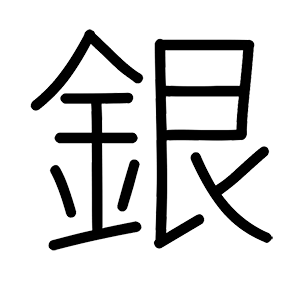An Unbranded Possibly VANCO Peony Engraved Silver Pen c. 1930s
by Jim Mamoulides, September 15, 2023
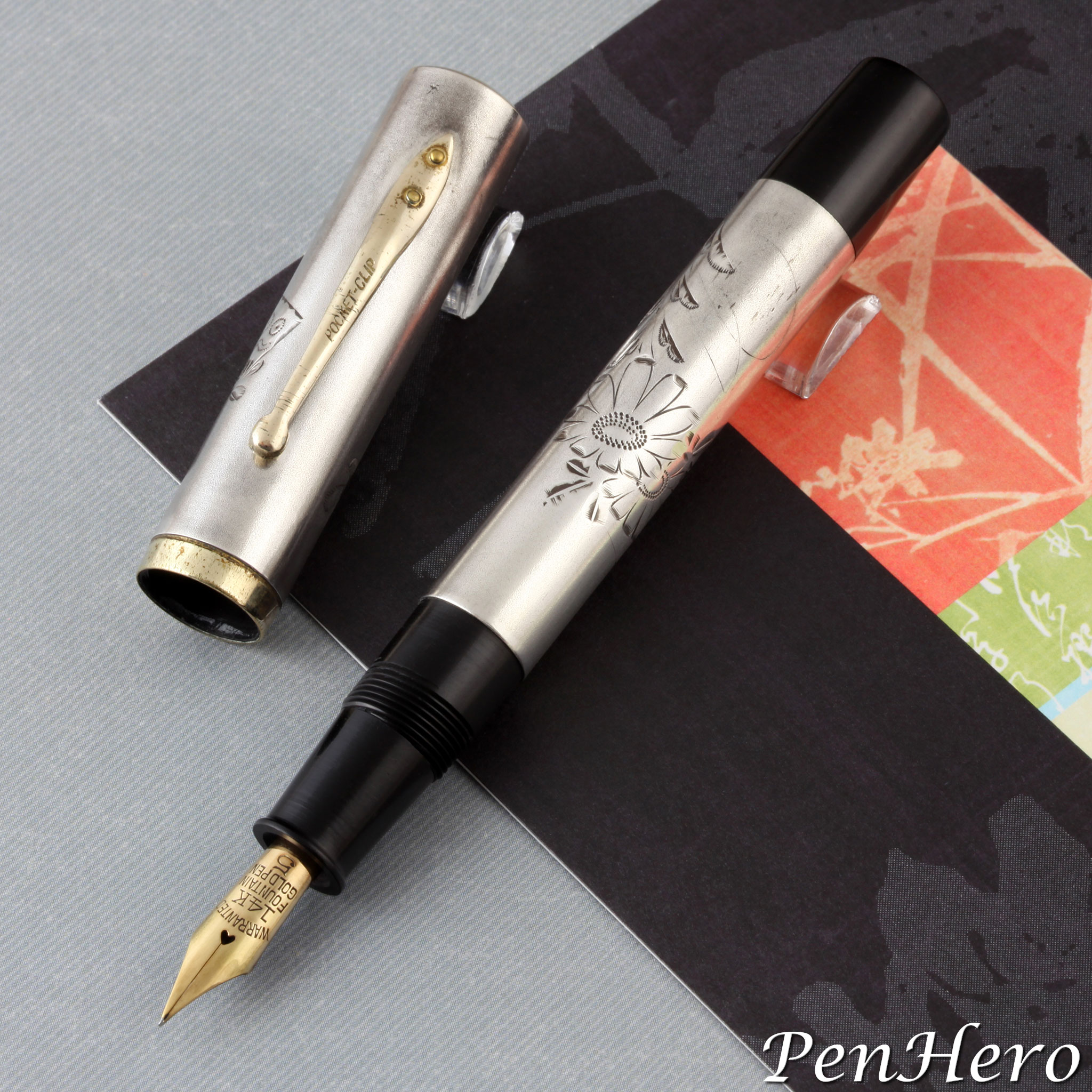 An unbranded Japanese peony engraved silver fountain pen c. 1930s
An unbranded Japanese peony engraved silver fountain pen c. 1930s
Artwork With A Story
This is a c. 1930s sterling silver eye dropper fountain pen with a scene of hand engraved peonies (botan 牡丹), a butterfly (chō), and a dragonfly (tonbo) on the cap and barrel. The cap top is stamped (SILVER). The gold plated cap band and clip, stamped POCKET-CLIP, have no hallmark. It’s 5 1/16 inches long and has a gold nib stamped WARRANTED over 14K over FOUNTAIN over GOLD PEN over 5. As it does not have a JIS mark, the nib pre-dates 1954.
Three Strong Symbols
Peonies: The peony is the flower of bravery, symbolizing honor, courage and strength, especially the red peony. They are known as “the king of flowers,” with a reputation of being strong and unbending in the rain. The peonies depicted on the barrel of this pen are the single flower type, including an unopened bud, and engraved in a simplistic, almost daisy-like style.
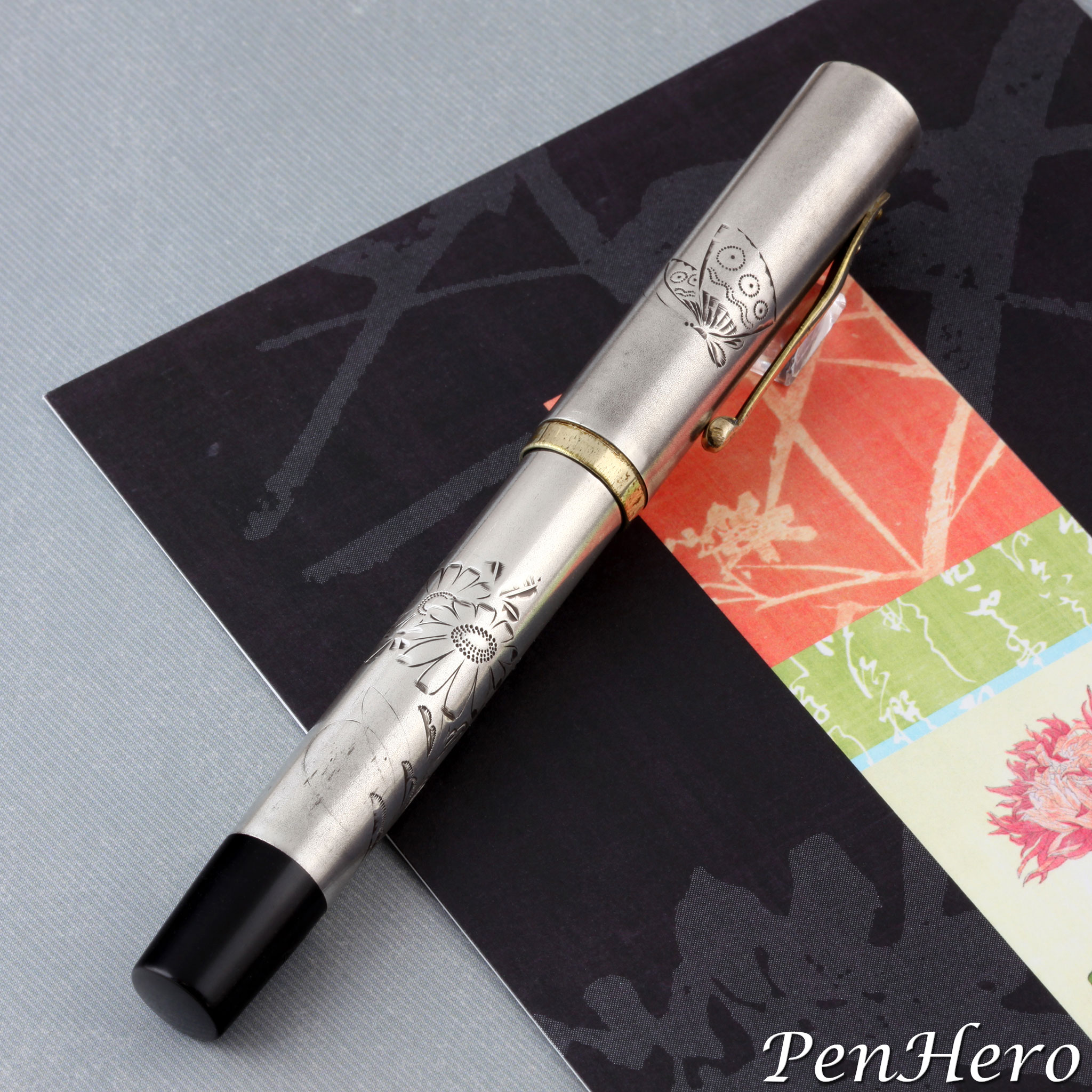 An unbranded Japanese peony engraved silver fountain pen c. 1930s
An unbranded Japanese peony engraved silver fountain pen c. 1930s
Butterfly: Butterflies symbolize love, hope, and freedom. They appear in pairs on wedding kimonos to symbolize the harmony and love between the bride and groom and for longevity in their marriage. They even appear as decorations on the armor and sword guards (tsuba) of samurai. The butterfly depicted on the cap of this pen though quite detailed, is stylized, not representing a particular species I could identify, nor a specific symbol I could find.
Dragonfly: Dragonflies decorate many Japanese artworks, folding screens, and kimonos. To a samurai, the dragonfly represented victory over enemies because of its “agility and perceived fearlessness,” and are named kachi-mushi (victorious insect) because they hunt by “flying directly toward its prey, never wavering from its path.” Dragonflies can appear as decorations on samurai armor and helmets as a sign of courage and a hope for victory in battle. The dragonfly depicted on the cap of this pen is quite detailed, and is likely an owlfly, a member of the family ascalaphidae. Owlflies are often mistaken for dragonflies as they are visually very similar and they fly and hunt like dragonflies. They have long club ended antennae, a shorter body, and a head and eyes more like a butterfly.
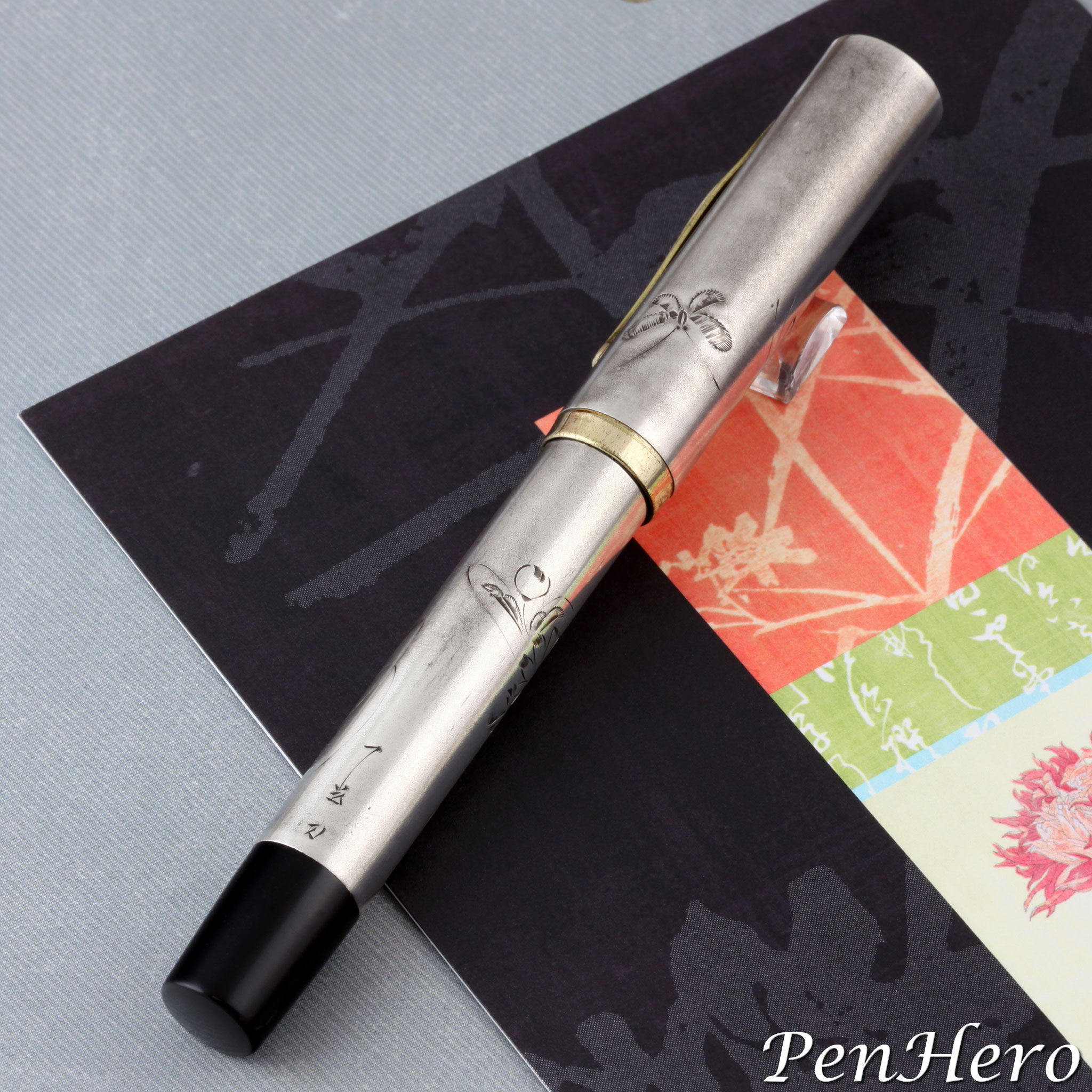 An unbranded Japanese peony engraved silver fountain pen c. 1930s
An unbranded Japanese peony engraved silver fountain pen c. 1930s
The engraving, signed by the artist Ikkou, is one continuous scene from the cap down through the barrel. The butterfly and dragonfly appear on opposite sides of the cap in flight above the peonies that appear on the barrel. Together these symbols could be taken as a story of love, fearlessness, and bravery. The artist’s signature appears at the bottom of the barrel where it meets the hard rubber end cap. The silver is finished with an acid treatment to give it a matte finish.
Who made these pens?
This is the final of four similar pens I have photographed and was the most difficult to decode the artwork. The base pen for each is nearly identical to this one in the design of the cap, barrel and section, though each has different engraving and each is fitted with a different brand of nib. Only one had a VANCO maker's mark on the top of the cap. The others, like this one, had no maker’s marks. On three of the pens, including the VANCO one, the engraved artwork is a continuous scene on the cap and barrel by the artist Ikkou.
VANCO had a relationship with the Shobido Silver Store in Osaka and both were owned by members of the Eto family. It's possible that all four pens were made by VANCO, but it's not absolutely certain because VANCO was very consistent in signing their work with their trademark. It's possible VANCO made them for the Shobido Silver Store, which would explain no VANCO marks. As stated in the other articles, I just don't have enough data to sort that out.
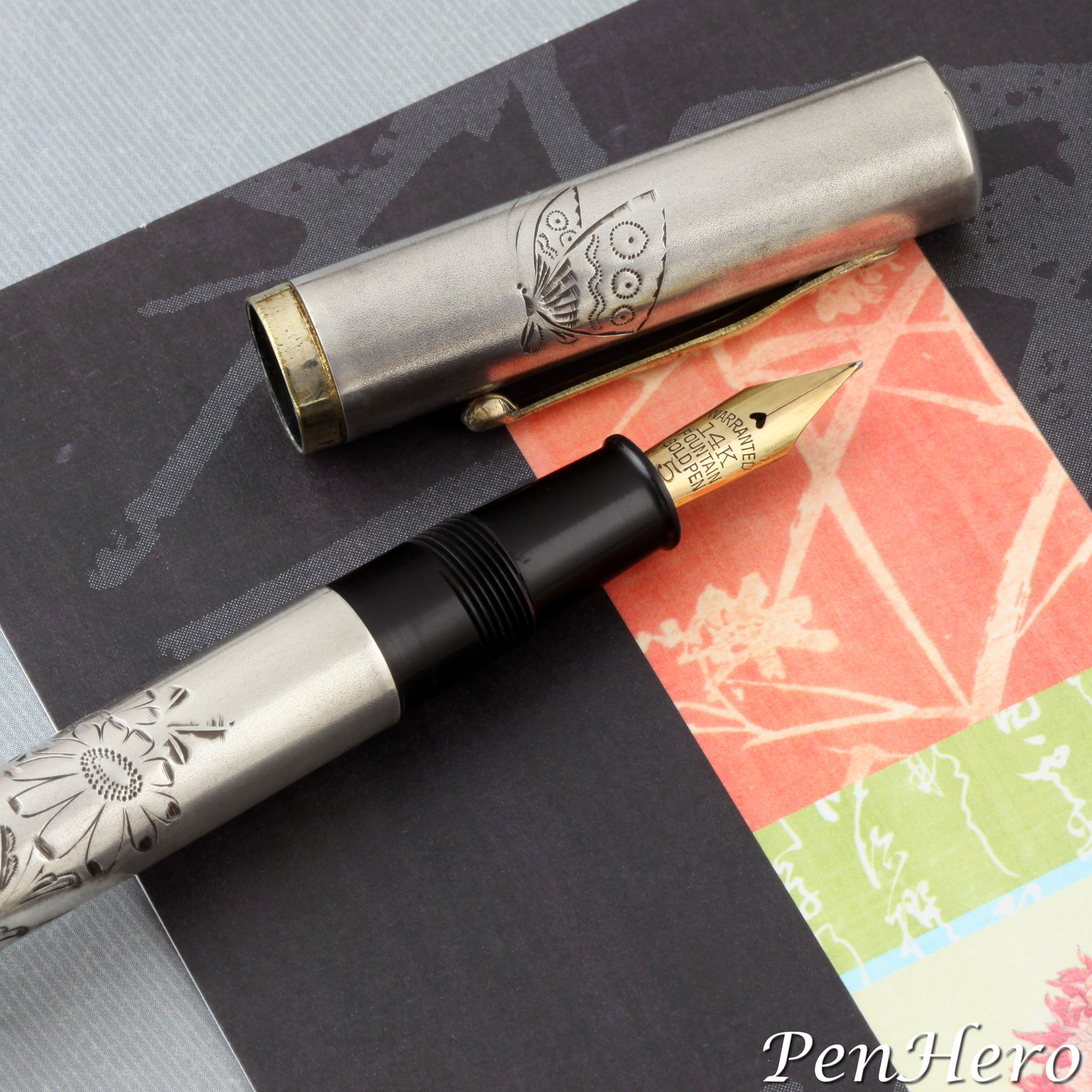 An unbranded Japanese peony engraved silver fountain pen c. 1930s
An unbranded Japanese peony engraved silver fountain pen c. 1930s
As on each of the other pens, the fit and finish and the engraving work is excellent. The engraving work on this one is detailed, but more stylized than realistic. The acid treatment that gives the silver a matte finish enhances the engraved design, helping it to stand out, giving the pen an artwork look rather than a factory pen. It's unknown if this is a single example, part of a set with the others engraved by the artist Ikkou, or if several were made for sale to well off customers. This also is a very unusual pen that would find a place of prominence in a Japanese pen collection.
References
Meisen Summer Kimono with Dragonflies, The Metropolitan Museum of Art
Helmet (Kawari-kabuto) Surmounted by a Dragonfly, The Metropolitan Museum of Art
Kimono with Pheasants amid Peonies, The Metropolitan Museum of Art
Interact
Comments on this article may be sent to the author, Jim Mamoulides


